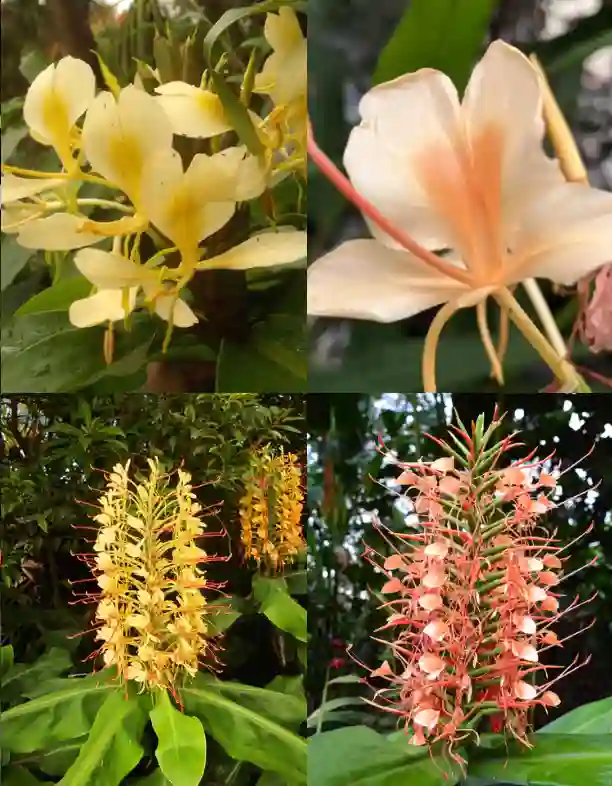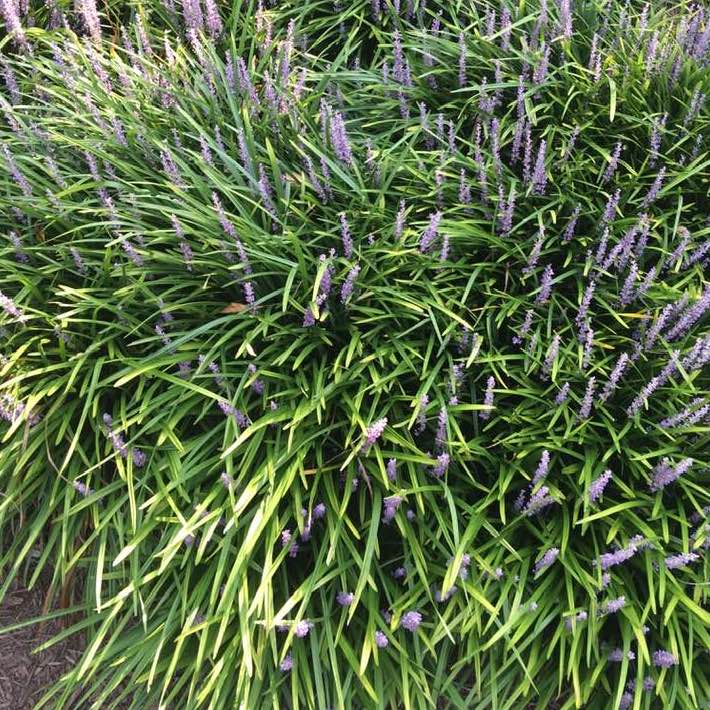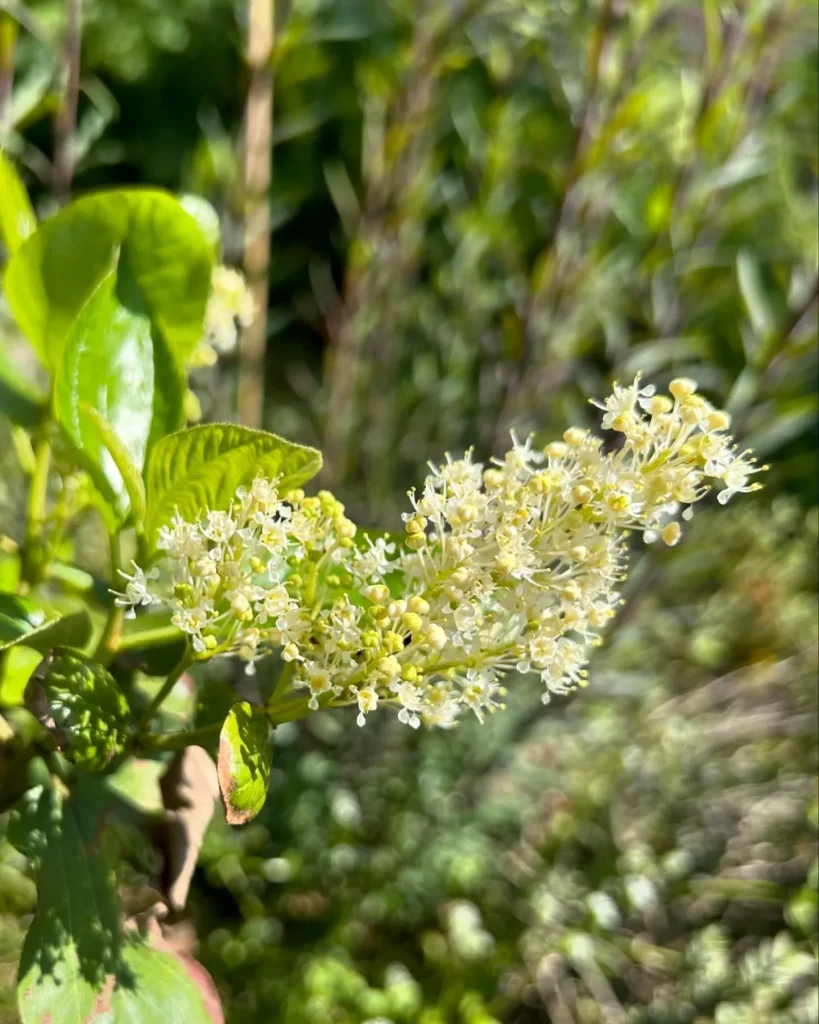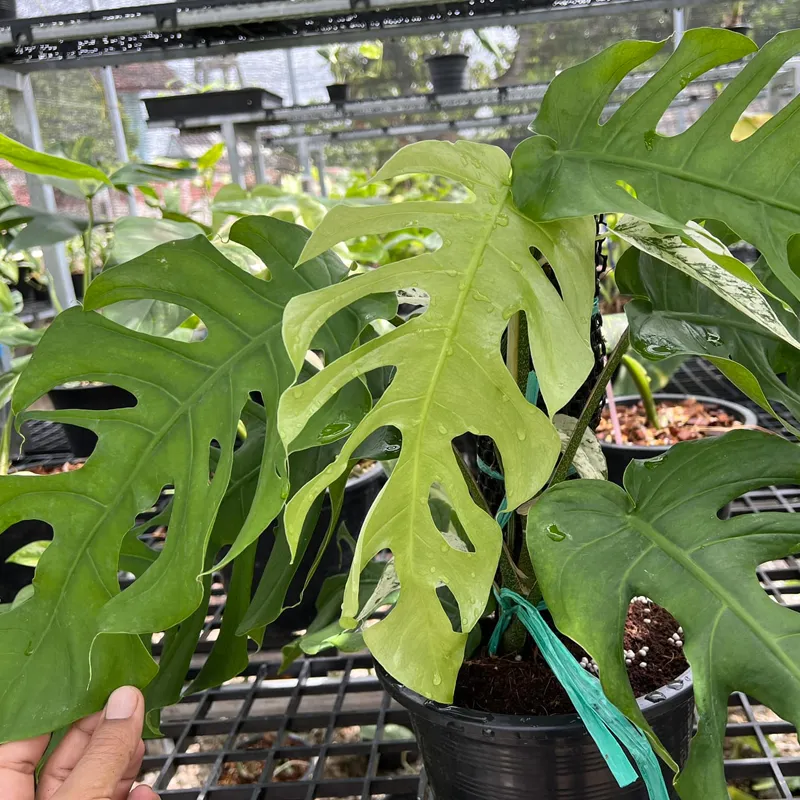Exploring the Fascinating Marsileaceae Family
As an avid plant enthusiast, I’ve always been captivated by the diverse world of flora. One family that particularly piqued my interest is the Marsileaceae. This family, often referred to as the water clover family, comprises three main genera: Marsilea, Pilularia, and Regnellidium. In this article, I will share my insights and experiences with these fascinating plants, exploring their unique characteristics, habitats, and the joy they bring to my botanical journey.
The Genera of Marsileaceae
Marsilea: The Water Clover
Marsilea is perhaps the most recognized genus in the Marsileaceae family. These aquatic ferns thrive in wetland environments, where their distinctive clover-like leaves float on the water’s surface. I remember my first encounter with Marsilea when I visited a serene pond in my neighborhood. The sight of its lush green leaves against the shimmering water was enchanting.
One of the things I admire most about Marsilea is its remarkable adaptability. It can grow in a variety of water conditions, from shallow ponds to flooded fields. This resilience makes it a valuable addition to any aquatic garden or pond. I often recommend it to fellow gardening enthusiasts who want to add a touch of greenery to their water features.
Pilularia: The Pillwort
Next on my list is Pilularia, commonly known as the pillwort. This genus is less known than Marsilea but equally captivating. Pilularia features small, rounded leaves that resemble tiny pills, hence the name. I recall spotting Pilularia during a nature hike in a damp area. The unique shape of its leaves caught my eye, and I couldn’t help but take a closer look.
What sets Pilularia apart is its preference for muddy or marshy habitats. Unlike Marsilea, which often floats on the water’s surface, Pilularia grows rooted in the mud, showcasing its adaptability to varying moisture levels. I’ve found that this plant adds an interesting texture to the landscape, making it an excellent choice for creating diverse wetland gardens.
Regnellidium: The Lesser-Known Gem
Finally, we have Regnellidium, a genus that many people might not be familiar with. This genus contains fewer species compared to Marsilea and Pilularia, but it has its own unique charm. Regnellidium often grows in shallow water and can be identified by its delicate leaves and small size.
I encountered Regnellidium during a visit to a botanical garden, where it was featured in a section dedicated to rare aquatic plants. Its delicate appearance and unique growth habit fascinated me. While it may not be as commonly found as the other two genera, I believe Regnellidium deserves more attention in the plant community. Its rarity makes it a delightful find for collectors and enthusiasts alike.
The Ecological Importance of Marsileaceae
The Marsileaceae family plays a crucial role in aquatic ecosystems. These plants provide habitat and food for various aquatic organisms, contributing to the overall health of wetlands. During my explorations, I’ve noticed how Marsilea and Pilularia serve as excellent cover for fish and invertebrates, creating a balanced environment.
Moreover, these plants are essential for water quality. They help absorb excess nutrients and stabilize sediments, preventing erosion and promoting a healthy aquatic ecosystem. As someone who values sustainability, I appreciate how incorporating Marsileaceae plants into gardens or ponds can enhance both aesthetics and ecological functionality.
Growing Marsileaceae in Your Garden
If you’re considering adding members of the Marsileaceae family to your garden, I encourage you to explore their specific needs. Marsilea thrives in sunny locations with ample water, while Pilularia prefers slightly shaded areas with muddy substrates. Regnellidium, being a lesser-known gem, may require more research to determine its specific growing conditions.
When planting these ferns, I’ve found that creating a dedicated aquatic garden can significantly enhance their growth. Installing a small pond or a wetland area in your backyard allows these plants to flourish while providing a habitat for local wildlife. It’s a rewarding experience to watch these ferns thrive and attract various creatures, making your garden a vibrant ecosystem.
Conclusion
The Marsileaceae family, with its genera Marsilea, Pilularia, and Regnellidium, offers a fascinating glimpse into the world of aquatic plants. Each genus brings its own unique characteristics and ecological benefits, making them valuable additions to any garden or landscape. Whether you’re an experienced gardener or a curious beginner, I encourage you to explore these enchanting plants. They have enriched my botanical journey, and I hope they bring you as much joy and inspiration as they have for me.
If i die, water my plants!



